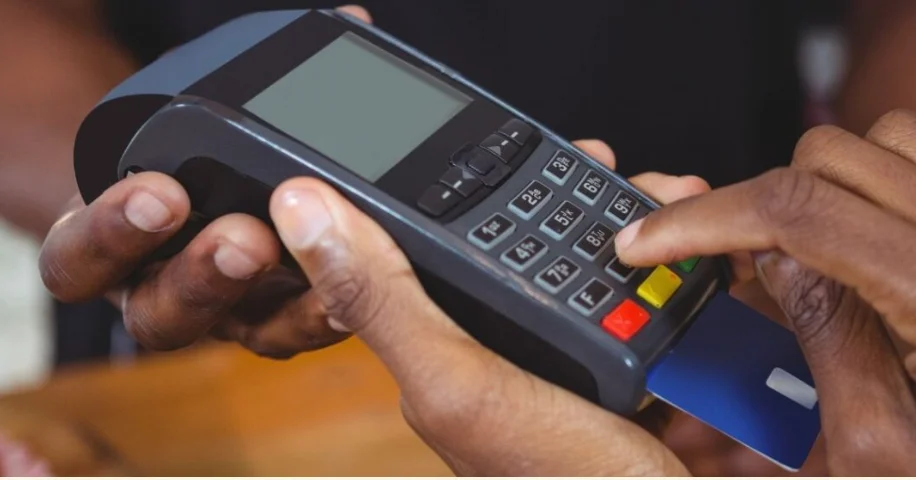The cost of Point-of-Sale (PoS) terminals in Nigeria has surged between 2023 and 2025, with increases ranging from 30% for entry-level devices to 100% for high-end Android smart terminals.
Entry-level PoS machines that once cost ₦15,000–₦20,000 now sell for about ₦21,500. Meanwhile, advanced smart PoS devices that previously went for ₦30,000–₦40,000 are now priced between ₦62,000 and ₦85,000.
The sharp increase, driven by inflation, foreign exchange pressures, and higher logistics costs, is reshaping the dynamics of Nigeria’s agency banking sector.
Demand for PoS Remains Strong
Despite the rising costs, demand for PoS terminals continues to grow. According to data from the Nigeria Inter-Bank Settlement Systems (NIBSS), the number of registered PoS terminals in Nigeria reached 8.3 million as of March 2025.
In underserved areas, PoS devices remain the primary gateway to financial services, making them indispensable to Nigeria’s cash-light economy.
What Fintechs Are Saying
Nigeria’s PoS market is largely dominated by fintech companies such as OPay, PalmPay, Moniepoint, and Nomba, though some banks also provide devices.
A fintech official, speaking anonymously, explained that rising costs are largely unavoidable:
“The dollar rate is a major factor. All PoS devices are imported, so prices must reflect exchange rates. Even now, companies absorb some costs to keep terminals affordable and support financial inclusion.”
Mr. Michael Adewale, a dealer for fintechs, added:
“Before now, Android PoS could be obtained with a ₦20,000 caution deposit. That’s no longer realistic. Most merchants now pay outright or deposit higher caution fees.”
Barriers for Small Business Owners
For many young Nigerians, the rising cost of PoS terminals has become a barrier to entry into one of the country’s fastest-growing small business sectors.
Operators managing multiple outlets also face challenges, as expansion now requires significantly higher capital. Some fintechs are responding with leasing models, where they retain ownership of devices but demand higher transaction volumes from agents.
Macroeconomic Pressures Behind the Price Surge
The jump in PoS terminal prices is closely linked to Nigeria’s broader macroeconomic environment:
- Inflation: Rose from 21.34% in December 2022 to a record 34.60% in November 2024, before moderating to 20.12% in August 2025.
- Forex volatility: The naira depreciated sharply from ₦500/$ in early 2023 to around ₦1,500/$ in 2025.
- Import dependence: With all PoS devices imported, Nigeria remains highly exposed to FX fluctuations and global supply chain costs.
What This Means for Agents and Entrepreneurs
The higher cost of PoS terminals means:
- Increased startup costs for new PoS agents.
- Slower expansion for existing operators.
- Flexible models (leasing, caution deposits) still available from fintechs but at higher costs.
Still, demand remains resilient. For millions of Nigerians in underserved areas, PoS services remain the closest and most reliable access to financial services, despite higher costs.

















